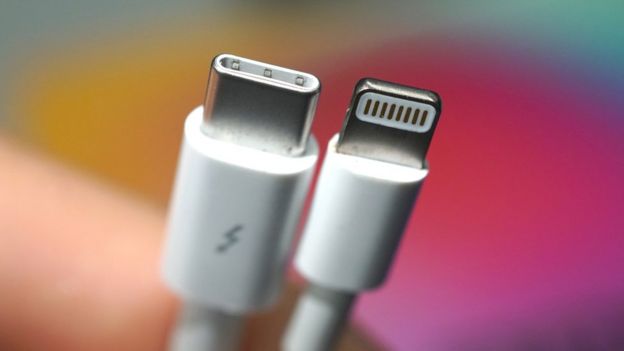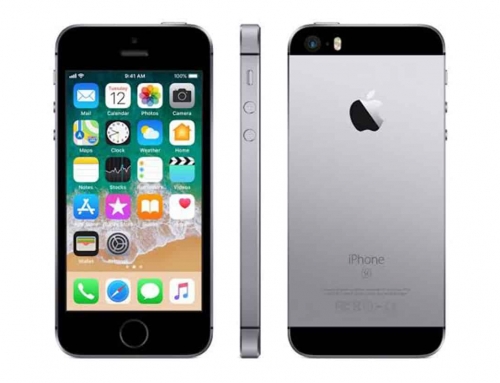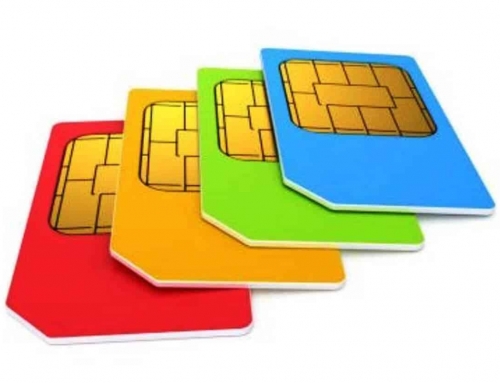Apple says being forced to abandon the Lightning connector used on its iPhones would create an “unprecedented amount of electronic waste”. While the latest Android phones have a USB-C port, Apple’s iPhones still use the proprietary Lightning port. Some members of the European Parliament want all phone-makers to adopt a universal port, to reduce waste. But Apple says the move would create more waste by making Lightning-compatible accessories obsolete.
What is the issue?
European politicians have been campaigning for a single charging port for the past decade. The European Commission estimates that obsolete cables generate more than 51,000 tonnes of waste per year. “This is hugely detrimental for the environment,” said European Parliament member Alex Agius Saliba.
Back in 2009, there were more than 30 different chargers on the market as phone-makers came up with their own connectors. So, several tech giants including Apple, Nokia, and Samsung signed a voluntary pledge to provide chargers compatible with the micro-USB standard. Over the years, most phone manufacturers put micro-USB ports on their devices.

However, Apple introduced its Lightning port in 2012, taking advantage of a loophole that let it design its own port, as long as it offered a micro-USB adaptor for sale.
Today, there are three main connectors.
Android devices typically use USB-C or the older micro-USB, and Apple uses Lightning.
- Apple may have to abandon Lightning connector cable
- Apple accused of crackdown on jailbreaking
- FBI ‘persuaded Apple to halt iCloud encryption’
Why does Apple want to keep the Lightning port?
The company says it has shipped more than a billion devices that have a Lightning connector, as well as millions of accessories that use the technology.
It said the legislation would disrupt “hundreds of millions of active devices and accessories used by our European customers”. It argued that if European law-makers had forced phone manufacturers to use the now-outdated micro-USB back in 2009, they would have “restricted the advancement” of technology.
Apple said in a statement: “We do not believe there is a case for regulation given the industry is already moving to the use of USB-C through a connector or cable assembly.”
Apple uses USB-C on its Macbook laptops and on its latest iPad Pro.

It added that its USB-C power adapter was compatible with “all iPhone and iPad devices”, which let consumers “reuse their charger”. One analyst told the BBC that USB-C solved some of the “historical objections” Apple had to micro-USB, including that it was more easily damaged and had to be inserted the correct way up.
“It’s becoming increasingly difficult to understand why Apple insists on using the Lighting port when the industry is standardizing around USB-C, and Apple itself has numerous devices that use USB-C,” Ben Wood, an analyst at the CCS Insight consultancy, told the BBC. “The flip side is that there is a large base of chargers, accessories, speakers, and docks that people have invested in that would become obsolete.”
Mr. Wood said having a unique port gave Apple a “significant area of differentiation” that it could control. He speculated that Apple’s long-term goal was “to remove all ports completely, in the pursuit of perfection” and use wireless charging instead. However, he suggested Apple’s public defense of its Lightning connector suggested it planned new devices that were compatible with it.
SOURCE: BBC News
Author: Chris Fox/Technology Reporter at BBC





Get Social